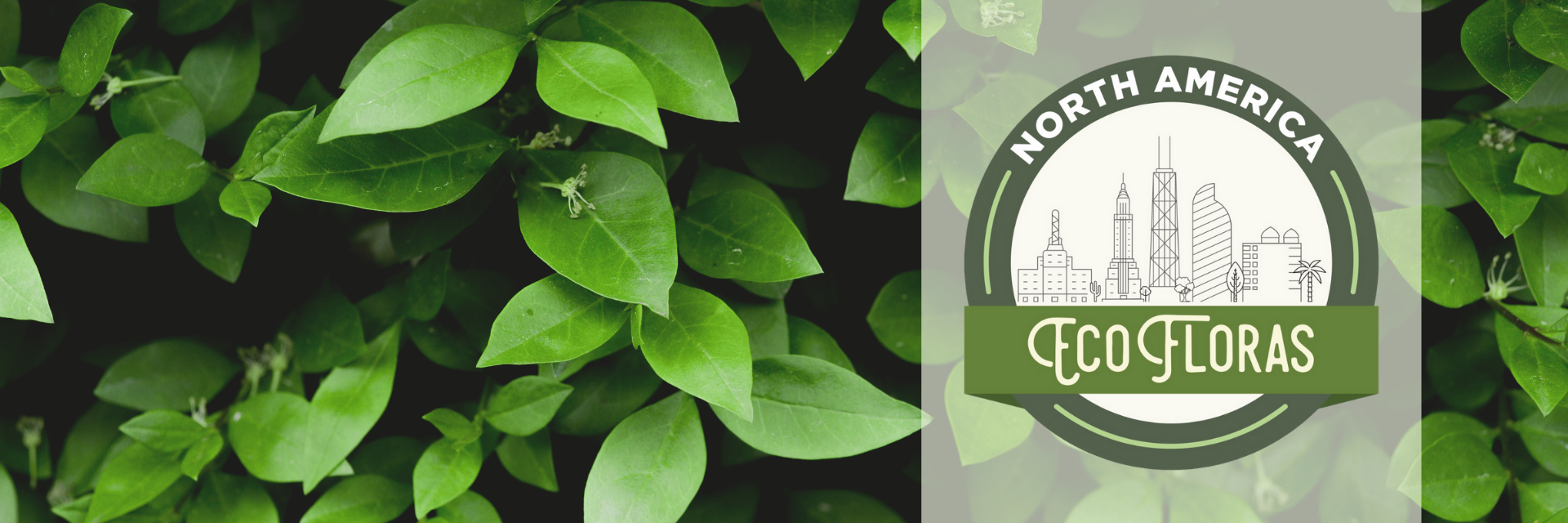
|
|
|
|
Family: Brassicaceae
Sessile-Leaf Scurvy-Grass
|
|
This project was made possible in part by the Institute of Museum and Library Services [MG-70-19-0057-19].
Powered by Symbiota

|
||||||||
| ||||||||
|
This project was made possible in part by the Institute of Museum and Library Services [MG-70-19-0057-19].
Powered by Symbiota
|
||||||||